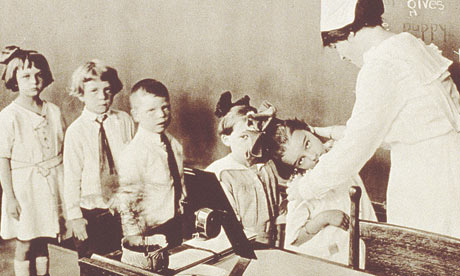How Technology Has Affected Nursing
It's safe to say that without technology, our world would come to a standstill. Lives and livelihoods would be paralyzed, and there would be chaos and panic all over the globe. Technology has revolutionized the way we do everything. It has made life much more convenient and made possible may new things. The field of nursing too is no different – technology has brought about many changes, and while some of them may not find universal appeal, most of them are for the better. Technology in nursing has served to:
- Make the jobs of nurses easier: With automated medical monitoring instruments being used more and more at hospitals, nurses find that it is now easier for them to do their job. No longer do they have to keep watching patients to see if their IV solutions have to be replaced or take their blood pressure at regular intervals. No longer do they have to stay glued to one patient's bedside and worry about the rest. They can provide care of increased quality simply because most of their routine jobs have been automated.
- Open up more opportunities for nurses: Some nurses prefer to switch career paths at some point of time, and if they want to stay on in nursing yet not want to involve themselves in the day to day care of patients and in other clinical aspects of nursing, they can choose to go into the field of information and technology. Nursing informatics is a much-sought after career choice for nurses who are tech savvy and who know that their expertise in nursing will come in handy in this field.
- Allow remote care and monitoring: This aspect of medicine is becoming more and more important, especially because of the shortage in the nursing industry. The increasing use of RFID devices to monitor the elderly and ensure that drugs are taken on time and correctly, the increasing dependence on telemedicine to provide diagnosis and follow-up consultations for people in remote locations, and the use of other forms of technology that allow medicine to be practiced offline and off-location have reduced the nursing shortage crisis and allowed the healthcare industry to continue providing quality care for patients.
- Facilitate communication on the go: Technology such as Bluetooth has allowed nurses and other medical professionals to communicate with their peers and superiors even as they are involved in other tasks. This allows for multi tasking and efficient use of time. When nurses are able to use their time more efficiently, they can provide patient care of better quality.
Technology has ensured that the nursing industry is a far cry today from what it was even a few decades ago, and even though the change may not be all good, it has made nursing much more relevant and provided more opportunities than ever before.
By-line:
This guest post is contributed by Maryanne Osberg, who writes on the topic of RN to MSN Online Degrees. She can be reached at mary.anne579(AT)gmail(DOT)com.



